Have you ever thought about helping out in your community?
Every community, whether it’s your neighborhood or a group you’re part of, gets better when people come together to make connections, support each other, and work toward common goals.
Alone, we can do so little; together, we can do so much.
— Helen Keller, American author, political activist, lecturer

Learn how to build connections, engage with others, and make a real difference, starting with small steps that can add up to big changes.
1. Community Building
Building a community means bringing together people who care about the same things and want to make a difference.
Strategies to build a community include:
Setting clear guidelines: Create a few simple guidelines for how members should treat each other.
Getting people involved: Plan fun activities that help people get to know each other, like club events, game nights, or casual hangouts.
Offering perks and recognition: Make your community feel special by sharing helpful resources or celebrating contributions with shoutouts.
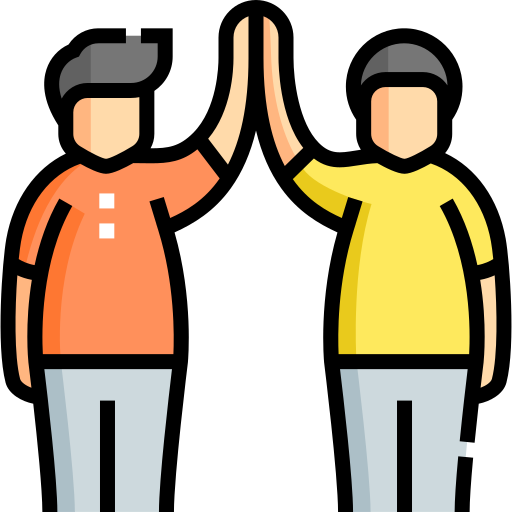
Ways to Make an Impact
Join or start a club with a purpose: Find or create a group focused on a cause you care about, like environmental action or volunteering.
Organize local cleanups: Invite friends and neighbors to spend a day picking up litter at a local park or beach to show pride in your community.
Trying these ideas can help you build connections and make a real difference in your community, starting small and inspiring others as you grow.
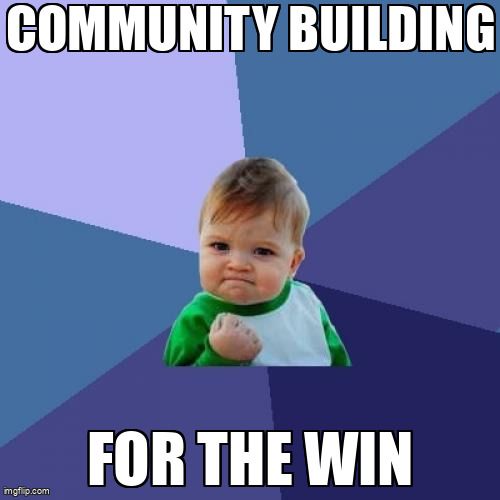
2. Public Engagement
Public engagement is about bringing people together to solve problems in your community.
Methods for public engagement include:
Clear communication: Clearly explain your goals and ways people can get involved to encourage participation.
Inclusivity: Create an inclusive environment by addressing barriers, such as providing accessible spaces and translated materials.
Variety of engagement: Use technology along with regular meetings, like surveys and discussions, to gather a wide range of opinions.
Analyzing the data: Use tools to help make sense of the feedback you receive so you can understand what the community really wants.
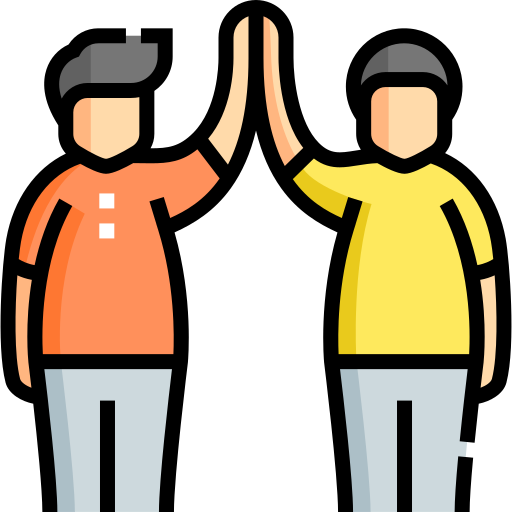
Ways to Make an Impact
Host a forum or discussion on a topic that matters to your school or community to encourage open dialogue.
Create an online survey to gather opinions on school or community improvements and use the results to guide your actions.
Lead a fundraiser for a local cause to raise awareness and support while building community connections.
By sharing your goals, welcoming others, and being open to new ideas, you can inspire change and make real improvements in your community.
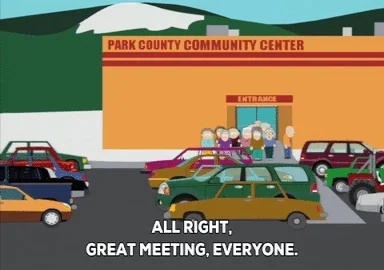
3. Citizen Participation
Citizen participation is all about getting people to join in on decisions that affect their lives.
Pathways for participation include:
Learning how decisions are made: Take time to understand how local government or school councils work and explore ways you can participate.
Sharing your opinions: Get involved in community surveys or discussions on topics that matter to you, like school policies or local projects.
Use your voice to create change: Find opportunities to join groups like student councils or advisory boards where you can influence decisions.
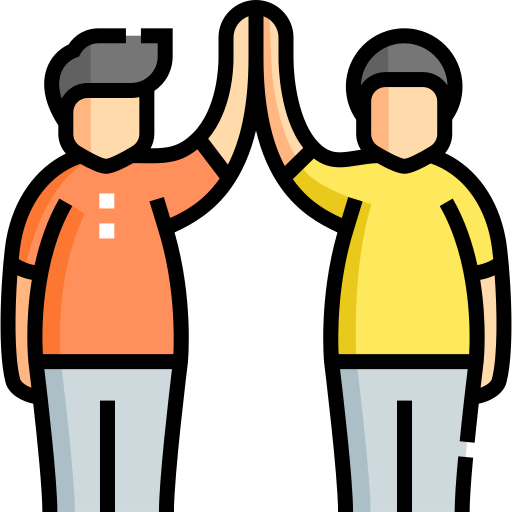
Ways to Make an Impact
Work on solutions together: Join or start a group that tackles local issues, such as organizing a recycling program or improving school resources.
Connect with local groups: Volunteer with organizations that focus on causes you care about, like mental health.
Get involved online: Use digital tools like social media or online forums to stay informed and participate in discussions on community issues.
By exploring these ways to get involved, you can help create a more open and fair decision-making process that impacts your community.
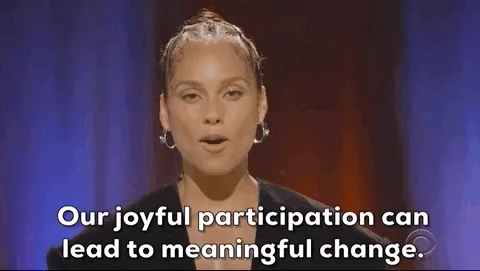
Scenario: Helping the Community
To foster a supportive community around the university’s new mental health initiative, the student body group Mind Matters is implementing strategies to boost student and faculty engagement while ensuring all perspectives are valued.
They plan to hold a series of interactive workshops on campus where participants can share ideas, voice concerns, and offer feedback on ways to enhance mental health resources.
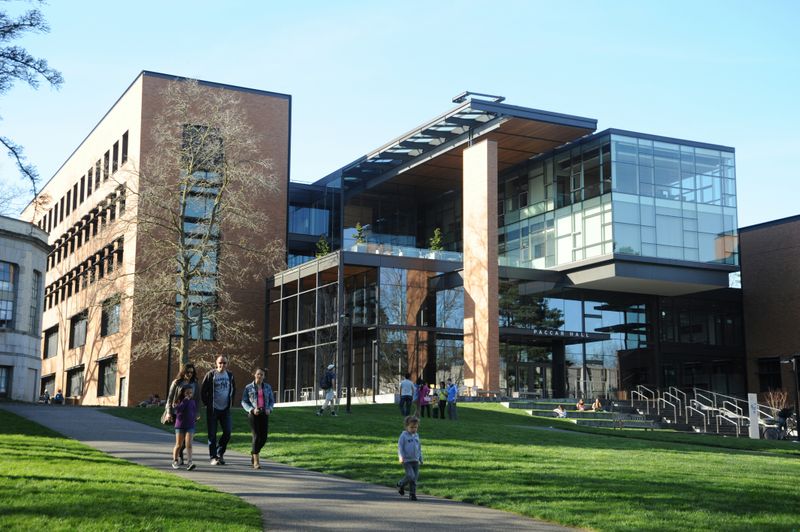 Photo by Wonderlane on Unsplash
Photo by Wonderlane on UnsplashWhat is the most effective way for the student body group to encourage active participation from students, faculty, and staff during these workshops?
A. Limit discussions to only a few chosen speakers to keep things organized.
B. Use technology, such as live polls and feedback apps, to gather real-time opinions from all participants.
C. Provide an agenda to avoid diverging conversations or off-topic issues.
D. Announce decisions at the end of the workshops without considering participant input.
Quiz
What is the most effective way for the student body group to encourage active participation from students, faculty, and staff during these workshops?
Take Action

To help the community you belong to, follow these steps:
Your feedback matters to us.
This Byte helped me better understand the topic.
